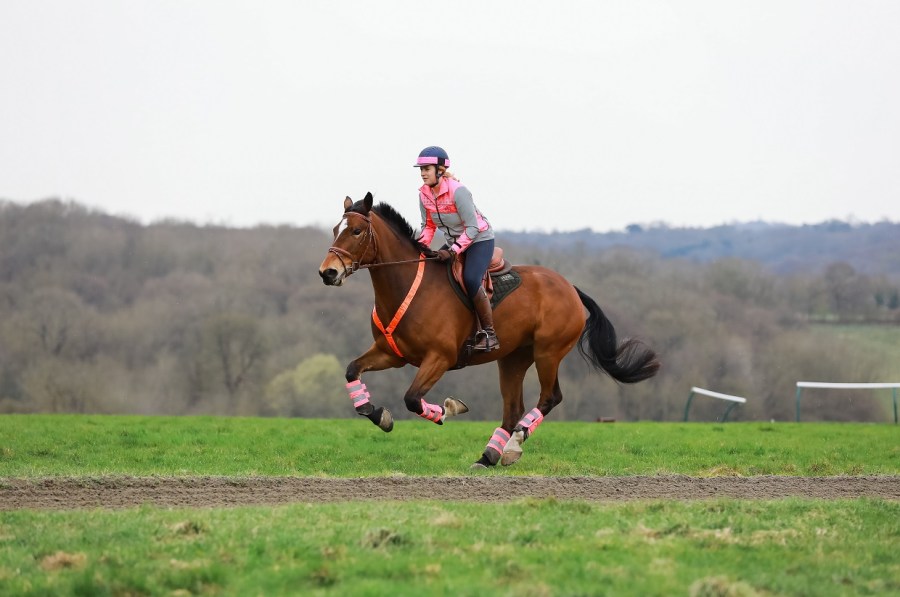In partnership with Equisafety
Whether you’re tired of your regular routes, have moved to a new yard or are off on a horsey holiday, there will always come a time when you’re looking for new hacking routes. We share a few ways you can plot new rides to enjoy with your horse.
1. Ordnance Survey maps
The best place to start is with Ordnance Survey maps (OS maps). These show routes as per the Definitive Map – a legal record of public rights of way in England and Wales. You can purchase hard copies, view it online or download the OS Maps app.
Many of the Hack 1,000 Miles riders utilise OS maps to plot their routes.
“I look on OS maps for a loop that will work. Some have been fantastic, but others have been met by blocked routes, fences or locked gates,” shares endurance enthusiast Mike Mills. “I will also use Google Maps to see what the lay of the land is like and where good parking is nearby.”
Keen rider and walker Danielle Rowles also utilises OS maps to plan her routes.
“For all my hacking and hiking I use my trusty OS Maps app to map routes and follow them,” shares Danielle. “I’ve never been lost as it works through GPS rather than WiFi, although I do download the routes to use offline. I always take a power bank with me to ensure I don’t run out of power, too. And I’ll sometimes use a hard copy of OS maps when I need to see the bigger picture.”
2. Try a dedicated app
If you’re looking to plot your own route but find OS maps tricky to navigate, why not try a dedicated app for equestrians? The Bridlewayz app features an interactive map where you can select and de-select bridleways, footpaths and restricted byways. You can plot your routes and share them with friends or other app users, as well as rate routes, upload pictures and comment on your experience.
As well as hacking routes, companies and yards can add themselves to the map to offer services.
3. Taking time to explore
If you have the day ahead of you and an adventurous spirit, you might want to forgo the planning and see where you end up.
“My favourite thing is to follow random paths and find out where they go,” says Amanda Barker, who often goes exploring with her friend Judy Clark. “I get lost and try to memorise landmarks to find my way back.”
“Which often leads to longer rides than planned!” adds Judy.
If you’re not quite ready to take the plunge, you can always do a recce first. This is particularly useful if your horse is spooky, or if you know they struggle with certain things, such as opening gates or riding alongside other livestock such as cows or pigs.
4. Hire a guide
If you want to take the stress out of finding new routes, or perhaps you’re off on holiday and don’t fancy the hassle of navigating in unfamiliar territory, you could always look up a guide.
“I have my own business where I help people find new places to hack,” says Ellen Foster, who runs Peak District Horse Rides. “I do the hard work of getting lost, checking parking arrangements and trying out gates so my clients can enjoy the ride. Many plot the route using an app when they ride with me, so they can come back and enjoy it themselves another time.”
What can riders access?
Before you head off, it’s important that you know what you have a legal right to access so you don’t trespass. In England, there are 188,700km of public rights of way. This consists of:
- 146,600km of footpaths
- 32,400km of bridleways
- 3,700km of byways
- 6,000km of restricted byways
Horse riders have access to bridleways, byways and restricted byways, but this means that we have access to just 22% of all public rights of way. In comparison, carriage drivers have just 5%, as they are limited to byways and restricted byways.
Riders and carriage drivers can also access all roads, aside from motorways.
This content is brought to you in partnership with Equisafety, high viz clothing for horses and riders.








